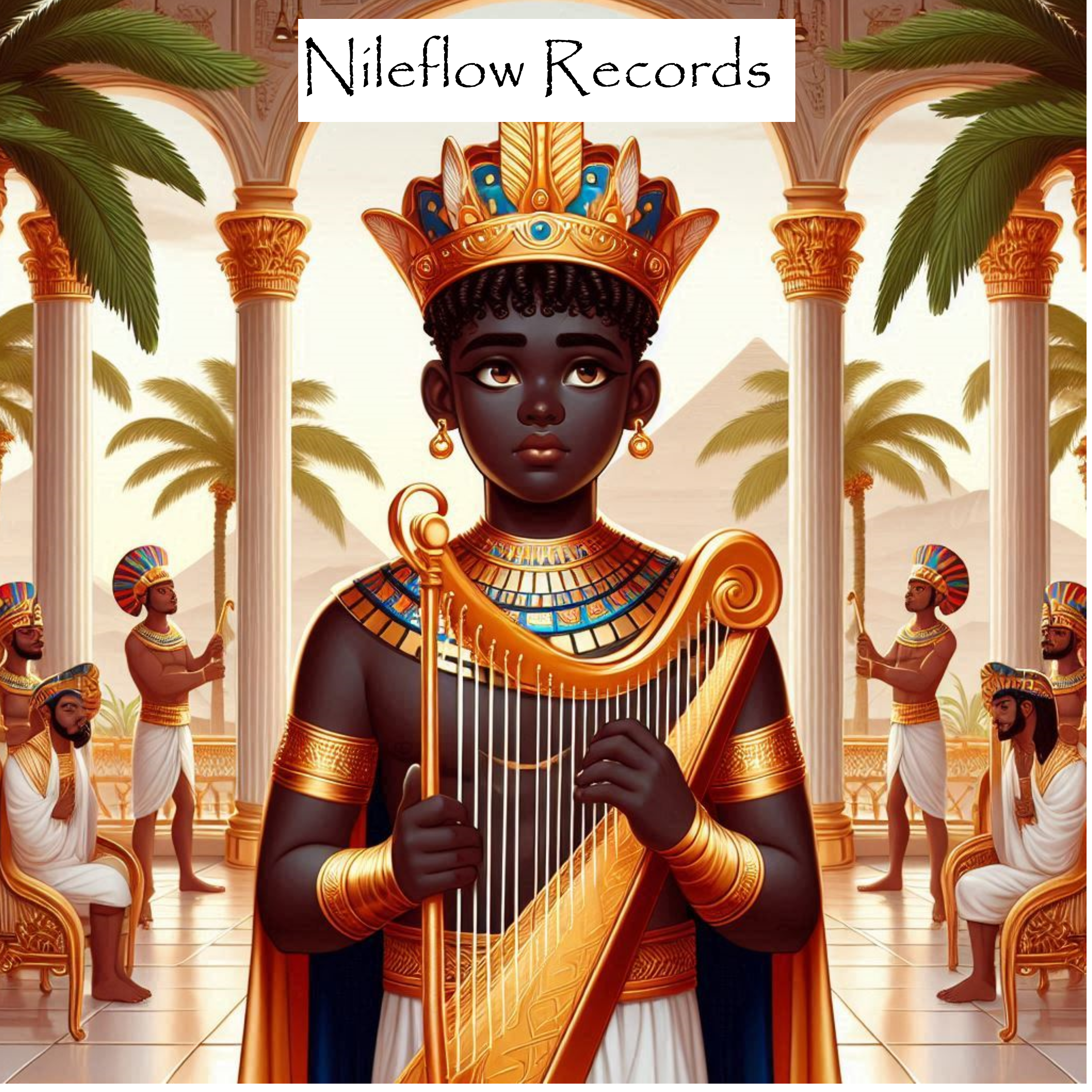Sampling in music can be described as a creative revision practice that involves the reuse of segments from existing sound recordings to craft new musical arrangements. It became prevalent with the introduction of inexpensive samplers such as Akai. These inventions, combined with the internet, profoundly transformed music production. The samplers allowed both amateurs and experts to recreate sounds. Artists became empowered to create distinctive musical arrangements by layering, looping, and engineering sounds. The sampling process involves artists taking portions of existing recordings, such as a bar, a note, or a sound, and incorporating them into innovative creations. This encompasses three key stages: the artist selects the recording, extracts the desired section, and then lays it within the new sample. The genius of sampling is artistically contrasting sounds from dissimilar eras and perspectives to create inventive and dramatic musical pieces.
Nevertheless, music sampling has sparked debate regarding ethics and copyright infringement. Opponents view sampling as intellectual theft because samplers fail to respect the intellectual property rights of the original creators. Rights holders can pursue legal action against copyright infringement since creative expressions, such as musical notes, melodies, and lyrics, are considered private property. This perspective contrasts with the social and creative view that sees music as a communal institution. Sampling pays tribute to the original composition while creating a new musical piece. Proponents argue that sampling revives interest in classic music, generating income for the original artists and copyright holders.
The imaginative potential of sampling is evident in hip-hop, which has thrived on it, with iconic albums from pioneers like Public Enemy and De La Soul. Sampling has also faced significant copyright infringement cases involving the use of unlicensed samples. Advocates of sampling contend that it revolutionized the creative process and enhanced artistic mastery. Therefore, the music industry's view of sampling as intellectual theft utterly dismisses its intrinsic value as a means of communication and artistic exchange. This dominant perception of sampling as theft highlights the divide between legal frameworks and the creative essence of sampling. Creative sampling is not merely artless duplication but a sophisticated artistic practice that involves reinterpreting existing compositions to create new imaginative works. Although court rulings have classified sampling in music as intellectual theft rather than artistic innovation, it continues to be extensively utilized in music production through legal clearances, or else violators may face hefty penalties.
Influential Albums
De La Soul's "3 Feet High and Rising" (1989): Incorporated pioneering use of sampling, amalgamating various sounds to produce an exceptional and revolutionary hip-hop record.
Public Enemy's "It Takes a Nation of Millions to Hold Us Back" (1988) featured dense, sample-heavy production. It became a revolutionary album in politically charged hip-hop.
The Beastie Boys' "Paul's Boutique" (1989): This album is regarded as a "sampling masterpiece,”. It pushed the limits of what could be accomplished with layered samples.
Notable Legal Cases
Grand Upright Music Ltd. v. Warner Bros. Records (1991): This case involved Biz Markie's song "Alone Again," which sampled Gilbert O'Sullivan's "Alone Again (Naturally)" without permission. The court ruled in favor of O'Sullivan, setting a precedent for stricter copyright enforcement in sampling.
Bridgeport Music, Inc. v. Dimension Films (2005): Although slightly later, this case reinforced the "no de minimis" rule, stating that even small, unrecognizable samples require clearance.
Reference
Neate, T. (2015). All Human Experience is One Big Collage: A Study of Sampling Music in the New Music Industry.



